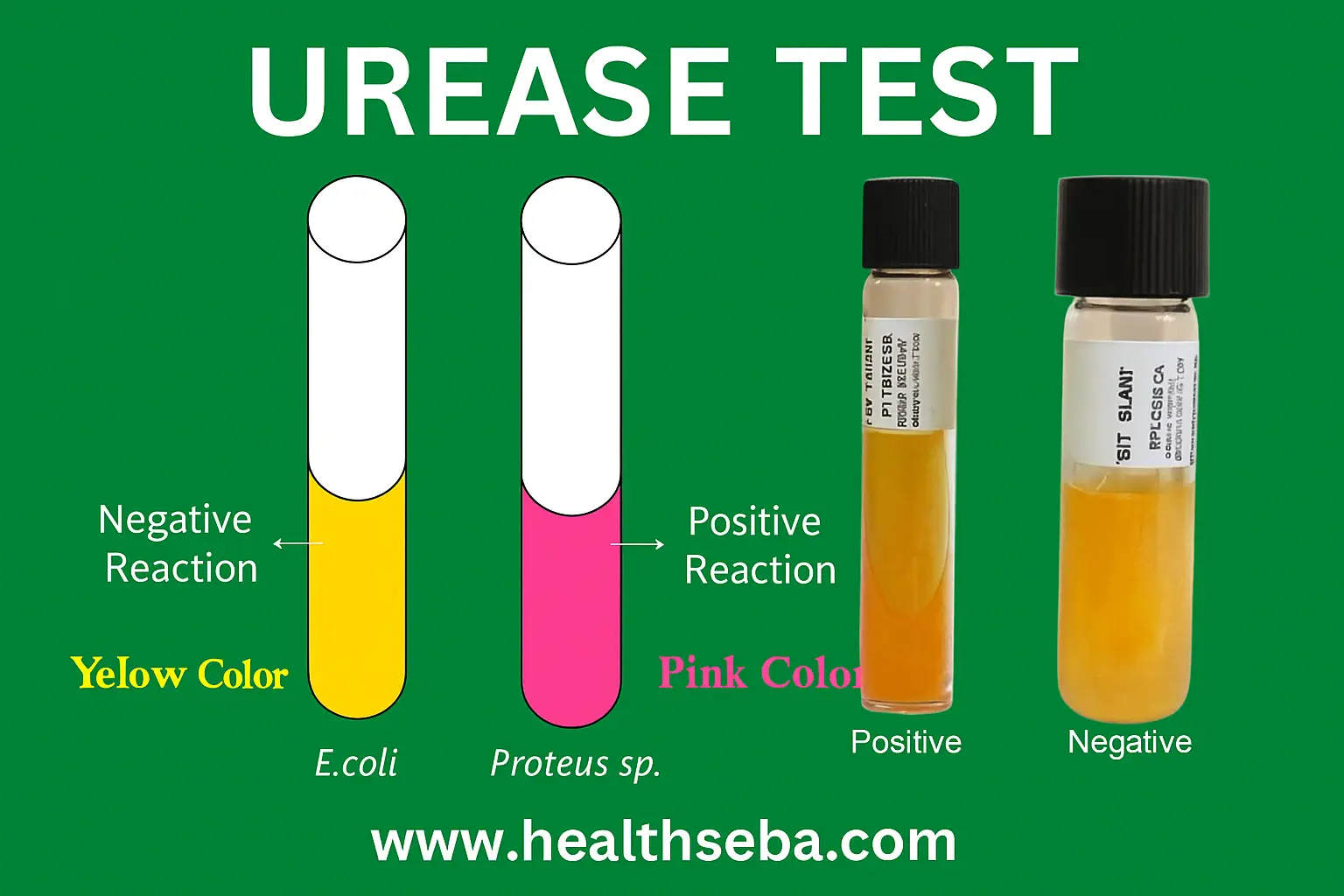Introduction
Microbiologists widely use Robertson’s Cooked Meat (RCM) Medium as an enrichment and differential medium in microbiology. They rely on it to cultivate anaerobic bacteria such as Clostridium perfringens, Clostridium tetani, and Clostridium botulinum. The medium provides cooked meat particles that support bacterial growth and actively reduce oxygen to create anaerobic conditions.
Media Type
Enrichment medium → Supports growth of fastidious organisms.
Anaerobic medium → Creates reducing conditions suitable for obligate anaerobes.
Differential medium → Differentiates between proteolytic and saccharolytic organisms based on meat disintegration.
Composition of RCM Medium
Per 100 mL of medium:
-
Cooked meat particles (minced heart muscle) – Source of nutrients, amino acids, and growth factors.
-
Peptone – Nitrogen source.
-
Sodium chloride – Maintains osmotic balance.
-
Glucose – Energy source.
-
Sodium thioglycolate – Reducing agent that lowers oxidation-reduction potential (Eh).
-
Phosphate buffer – Maintains pH.
-
Distilled water – Solvent.
Final pH: ~7.2
Principle of RCM Medium
Meat particles provide nutrients and a surface for bacterial attachment.
Haematin (from meat) acts as a growth factor for anaerobes.
Reducing substances (sulphydryl groups) lower the oxidation-reduction potential, supporting anaerobic growth.
Proteolytic organisms break down muscle proteins, causing meat disintegration and foul odor.
Saccharolytic organisms ferment carbohydrates, producing acid and gas.
Preparation of RCM Medium
Minced heart muscle is cooked to remove soluble proteins but retain nutrients.
Meat particles are suspended in nutrient broth containing glucose, peptone, and salts.
The medium is boiled to remove dissolved oxygen.
Dispense into tubes with meat particles settling at the bottom.
Sterilize by autoclaving at 121°C for 15 minutes.
Store in a cool, dark place.
Sterilization
icrobiologists use Robertson’s Cooked Meat (RCM) Medium as an important enrichment and differential medium in microbiology. They employ it to cultivate anaerobic bacteria, including Clostridium perfringens, Clostridium tetani, and Clostridium botulinum. The medium provides cooked meat particles that support bacterial growth and reduce oxygen to create anaerobic conditions. Unlike egg-based media, scientists can safely autoclave RCM at 121°C for 15 minutes. Reducing agents in the medium actively maintain anaerobic conditions, ensuring reliable growth of strict anaerobes.
Uses of Robertson’s Cooked Meat Medium
Cultivation of anaerobic bacteria – Especially pathogenic Clostridium species.
Differentiation of bacteria –
Proteolytic organisms (e.g., Clostridium sporogenes) → disintegrate meat.
Saccharolytic organisms → ferment carbohydrates without meat breakdown.
Preservation of cultures – Many anaerobes can be stored long-term in RCM under refrigeration.
Study of toxin production – Used in labs to study Clostridium perfringens and C. tetani.
Advantages
Supports growth of strict anaerobes.
Can differentiate proteolytic vs saccharolytic organisms.
Useful for long-term storage of cultures.
Limitations
Not highly selective → contamination can occur if not handled properly.
Requires anaerobic precautions for isolation.
Odor due to protein breakdown can be unpleasant in lab conditions.
Conclusion
Robertson’s Cooked Meat (RCM) Medium remains one of the most important anaerobic enrichment media in microbiology. It is inexpensive, reliable, and serves both diagnostic and preservation purposes.
